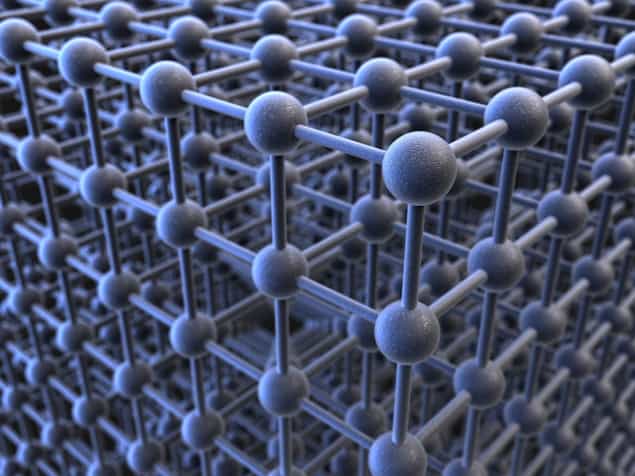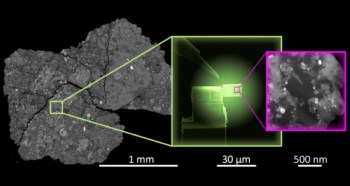
A high-voltage transmission electron microscope (HVTEM) small enough to fit inside a university lab has been built for the first time by researchers in Japan. The team, led by Takumi Sannomiya at Tokyo Institute of Technology, used radio-frequency (RF) cavities to chop and accelerate electrons into coherent beams. Their achievement comes five decades after researchers first attempted to use RF linear accelerators for electron microscopy – and could lead to a wide range of new sub-nanometre imaging applications.
TEM uses the wave-like properties of electrons to obtain images of thin samples (100 nm or thinner) with spatial resolutions better than 1 nm. TEM has allowed scientists to visualize objects as tiny as single hydrogen atoms.
Most TEMs use beams of electrons in the energy range 60-300 kV but higher energy electrons offer two advantages. First, higher-energy electrons have shorter wavelengths and therefore will reveal smaller features. Second, higher-energy electrons can pass through thicker and denser samples, increasing the types of samples that can be imaged.
Much too large
One barrier to boosting the energy of TEMs is the size of conventional electrostatic electron accelerators. A room-sized implementation is limited to about 300 kV, whereas a HVTEM running at 1 MV must be housed within a building-sized space.
Since the 1970s HVTEM designers have tried to overcome this problem by using RF cavity accelerators, which in principle can deliver high-energy electrons in a much smaller space. However, the lack of coherence of the electron beams from such accelerators has made this difficult.
Synchronized chop
Sannomiya’s team have solved this problem by using a series of RF-cavity components that maintain the coherence of the beam. The beam is created at 100 kV using a standard TEM accelerator. It then passes through the two RF-cavity choppers where it is cut into pulses that are synchronized for the next stage of the journey, which is a 400 kV RF-cavity accelerator. This synchronization ensures that coherent pulses pass through the sample. The transmitted electrons are then decelerated to 200 kV using a final RF cavity accelerator so that they can be focused and detected using a standard TEM set-up.

Electron images achieve record-breaking resolution
The team’s instrument is small enough to fit comfortably in their lab, but can still accelerate electrons to 500 kV, which is around half the energy acheiveable at much larger facilities. Sannomiya and colleagues demonstrated the efficacy of their HVTEM by imaging sub-nanometre features within micron-thick samples – much thicker than the 100 nm limit of most TEMs.
The team now hopes to improve their microscope further using superconducting cavities, which would accelerate electron beams to even higher voltages, while making the device more compact and energy efficient. With these upgrades, the HVTEM could find a diverse range of new imaging applications, including atomic-scale tomography for biological tissues and whole cells, as well as in situ observations of liquid and gas environments.
The HVTM is described in Physical Review Letters.



